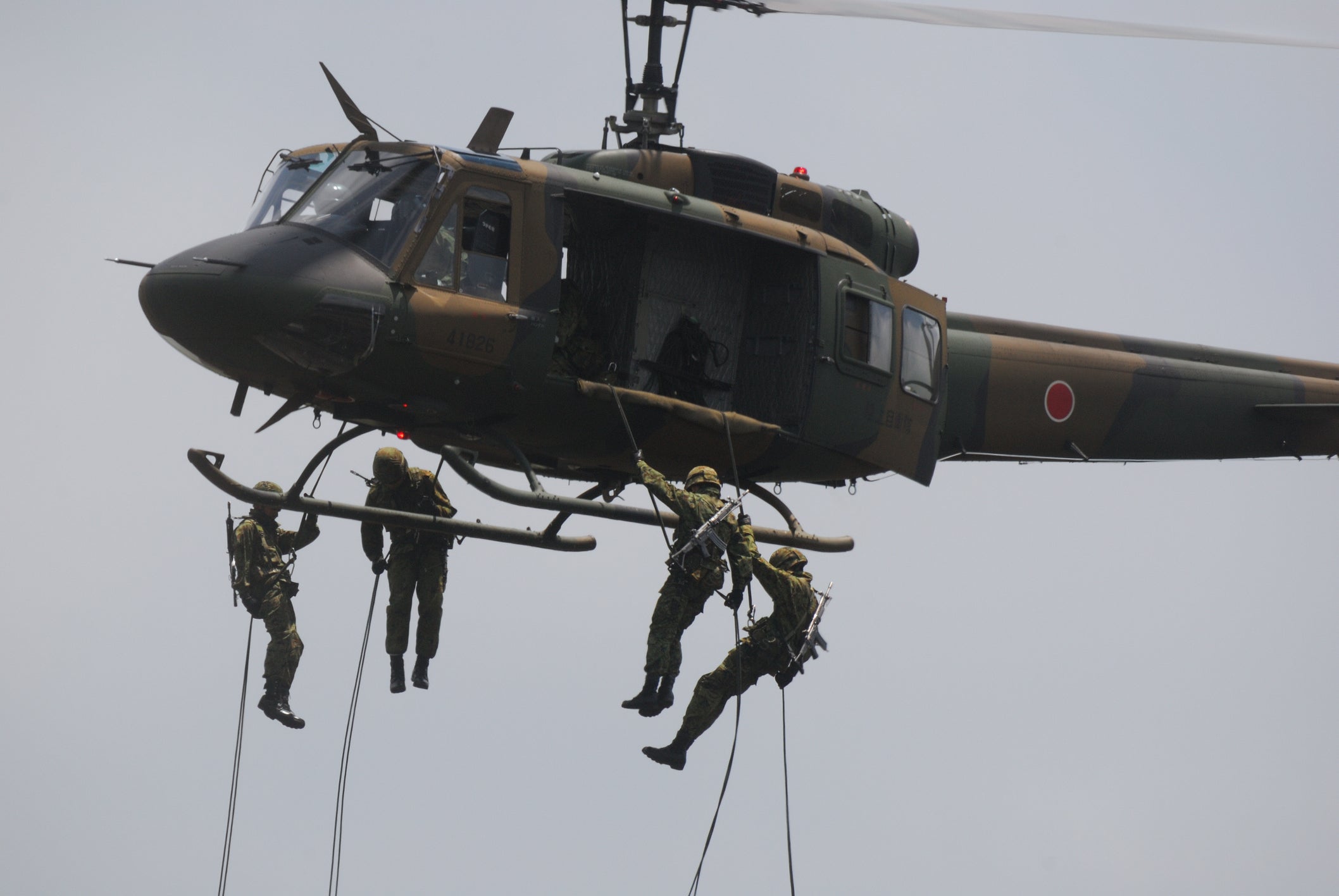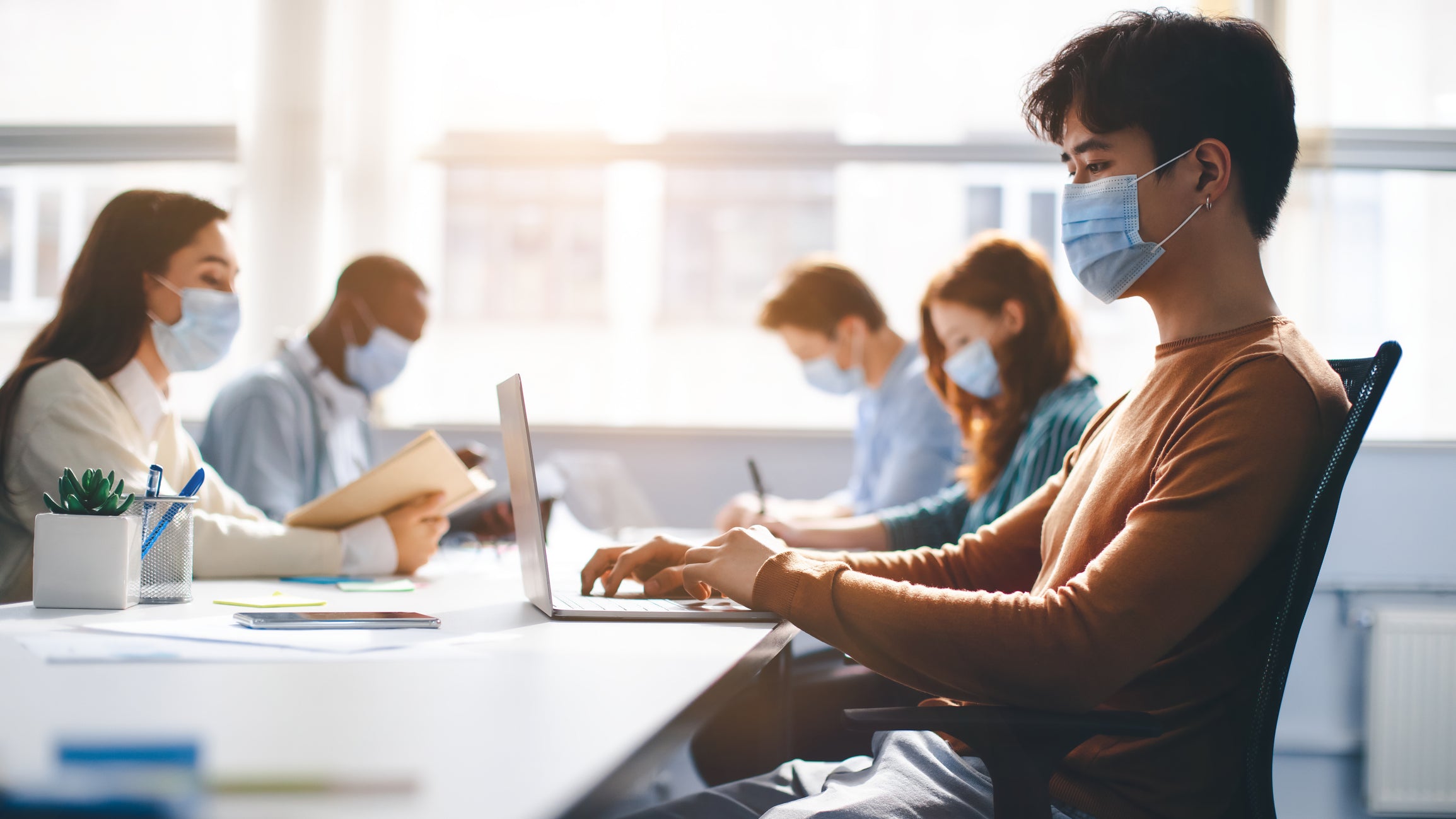Disaster prevention goods for babies and small children
table of contents
Introduction1. emergency kit
Introduction
As parents and guardians of children, we need to be extra careful during disasters. Babies and small children need special attention in the event of a disaster, so it is important to prepare appropriate emergency supplies. In this article, we will explain in detail the emergency supplies you need if you have babies and small children.
1. emergency kit
Prepare an emergency kit for babies and small children in case of a disaster. It is important to include the following items in this kit:
1-1 Milk and baby food
(1) Infant formula
Infant formula is an important source of nutrition for your baby. Infant formula for disaster prevention can be stored for a long time in preparation for emergencies. Common brands include Enfamil, Similac, and Aptamil. You can also choose special formulas depending on your baby's age and specific nutritional needs.
(2) Baby food
Baby food for disaster prevention is important as a nutritional supplement other than infant formula. There are many types of commercially available baby food, including fruits, vegetables, meat and fish. Common brands include Jar's Baby, Guerbet, and Bravo. You can also choose special baby food for individual baby's dietary restrictions and allergies.
(3) Preserved food
Consider stocking infant formula and other nonperishable alternatives to baby food for emergencies. Alternatives include dried or concentrated milk instead of infant formula, and dried fruits, vegetables and granola bars instead of baby food.
1-2 Diapers and wipes
(1) Disposable diapers
Disposable diapers for disaster prevention are convenient in an emergency. Common brands include Pampers, Merries, and Huggies. Choose the right size according to your baby's size. It is also important to choose diapers for disaster prevention that can be stored for a long time.
(2) Cloth diapers
Emergency cloth diapers are a reusable option. Cloth diapers are convenient because they can be used for a long time even when it is difficult to wash and manage waste in the event of a disaster. There are different types of cloth diapers, prefold, flat, pocket, etc. are common. It's also a good idea to prepare a waterproof cover and an inner liner for cloth diapers.
(3) baby wipes
Disaster wipes are important for keeping things clean. Common brands include Pampers, Merries, and Baby Beauty. Baby wipes for disaster prevention come in individually-wrapped types and large-capacity packages.
1-3 Spare clothing
(1) Number of diapers
In the event of a disaster, you will need to change diapers. The number of diapers varies depending on the age of the baby and the amount of excretion, but it is usually a good idea to prepare about 6 to 10 diapers per day .
(2) Number of spare clothes
The number of spare clothes you need depends on how many times you need to change clothes per day and when you wash your clothes. As a general guideline, we recommend that you have at least one week's worth of spare clothes for your baby or child. This should include the following items:
Jackets and shirts : 7 to 10Pants or trousers : 7 to 10
Socks and underwear : 7 to 10 pairs
Gowns and pajamas : 2-3 pieces
(3) Seasonal clothing
Don't forget to bring clothes that match the season. For example, in cold climates it is necessary to prepare warm coats, hats and gloves. You may also need light clothing, a hat, and sunscreen in the summer. Consider seasonal clothing needs for local climate conditions.
2. disaster prevention supplies
Don't forget to prepare emergency supplies for babies and small children.
2-1 Baby carrier
(1) Baby sling
A baby sling is a cloth carrier that is used to carry a baby close to the parent. Many baby slings allow you to carry your baby forwards or backwards. Adjustable rings and collars allow you to adjust the size and fit.
(2) Baby carrier
A baby carrier is a structured carrier for carrying a baby secured to a parent's back or chest. Shoulder and waist belts are usually used to distribute weight and provide comfortable support. Some baby carriers also come with useful features such as removable hoods and pockets.
(3) Baby wrap
A baby wrap is a method of wrapping a baby in a stretchable fabric. Wrapping it around the body stabilizes the baby and encourages close contact with the parent. Baby wraps must be properly tightened to properly support your baby's body.
(4) Frame backpack
The Frame Backpack is the perfect carrier for outdoor and long-distance travel. A metal frame and padded harness are usually used to keep the baby stable on the back. Frame backpacks are breathable, durable, and can even carry your stuff with them.
2-2
(1) Preparing cold weather gear and thermal insulation
Prepare a thick coat, jacket, hat, gloves, and socks for children to protect against the cold. In particular, winter clothes with high cold resistance and waterproof outerwear are recommended. You can keep your body temperature by choosing a size that fits your child's body size and wearing it.
(2) Wearing layers
Proper layering of clothing is important as children are immature in regulating their body temperature. Add extra protection against the cold by wearing warm innerwear, such as a sweater. If necessary, you can add a light mid layer or warm clothing such as fleece.
(3) Use of heating appliances
As a countermeasure against the cold, prepare an appropriate heater. Portable heat pads, hand-held heaters, kerosene stoves, wood stoves, etc. are useful as emergency heating equipment, as electricity and gas may be limited in the event of a disaster. However, please be aware of the danger of fire and carbon monoxide poisoning.
(4) Indoor insulation measures
By taking measures to insulate the room, you can strengthen the cold protection measures for children. You can prevent gaps in windows and doors, and use insulation and thick curtains to maintain the temperature of the room. You can also increase the heating effect by making one room where the family gathers a small space.
(5) Providing hot drinks and meals
Keep your child warm by providing hot drinks and meals. Offer hot soups, drinks, and nutritious hot meals to keep your body warm.
2-3 Disaster prevention mask
We recommend that you prepare a disaster prevention mask for babies in case the air deteriorates or to prevent illness.
(1) Age-appropriate size
Baby masks should be sized according to their age and build. Babies from newborns to under 1 year old generally have small baby masks that are specially designed. Toddler sizes are suitable for toddlers 1 year and older.
(2) Excellent fit and comfort
It is important that the mask fits your baby's face securely and is comfortable. Masks with soft, stretchy materials and adjustable straps are preferred. Choose materials that are gentle on your baby's ears and skin to ensure comfort for your baby even when worn for long periods of time.
(3) High filtering effect
It is desirable that the baby's mask has a filtering effect such as fine particles and viruses. A mask with a high performance filter such as N95 or KN95 is recommended. However, if your baby has limited breathing or has certain health conditions, follow your doctor's advice.
(4) Safe materials and durability
It is important to choose safe materials for baby masks. Choose a mask that is made from skin-friendly materials and is hypoallergenic. Also, by choosing a durable mask, it is effective even when used repeatedly.
(5) Use of washable masks
By choosing a washable mask, you can keep the mask sanitary. In the event of a disaster, the environment may be constrained, so washable and reusable masks are more convenient than disposable masks. Familiarize yourself with the maintenance instructions for washing and drying your mask.
3. evacuation plan
(1) Give top priority to family safety
When making an evacuation plan, it is important to consider the safety of your family first. Be mindful of the special needs and physical strengths of your baby or child and take appropriate measures.
(2) Determination of evacuation sites
Confirm safe evacuation areas in advance in your evacuation plan. Know the public evacuation shelters and evacuation routes designated by your local government or disaster prevention bureau, and consider your options if necessary. It's also important to choose a safe and comfortable place for the whole family to gather.
(3) Preparing items to take with you in the event of a disaster
For babies and children, prepare necessary items to take with you in the event of a disaster. This includes diapers, milk and baby food, wipes, extra clothing, blankets and favorite toys. Also, make sure you have the necessary medical supplies and prescription drugs in stock.
(4) Creating an emergency contact list
Create an emergency contact list and make sure everyone in your family has one. Include important contacts (family, relatives, friends, daycare, school, etc.) in a list and keep it in paper or digital form.
(5) Teach children evacuation procedures
It is also important for children to understand evacuation procedures and action guidelines. For example, when evacuating, teach children basic safe behaviors such as gathering with their families at a waiting area and following adults.
(6) Evacuation plan practice and regular confirmation
Practice your evacuation plan regularly and make sure everyone in your family is familiar with it. Regular checks such as confirming evacuation routes and evacuation sites, and checking items to bring with you can improve your ability to respond during an evacuation.
summary
Disaster preparedness is even more important if you have babies and young children. Prepare an emergency kit, first aid kit, emergency contact list, evacuation plan, etc. and take the necessary steps to ensure your child's safety. Early preparation and careful planning can reduce stress during disasters and ensure the protection of babies and young children.







